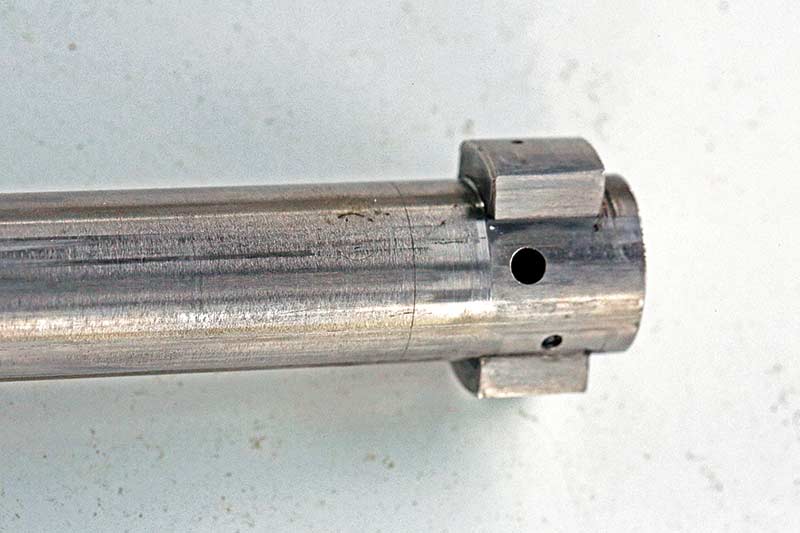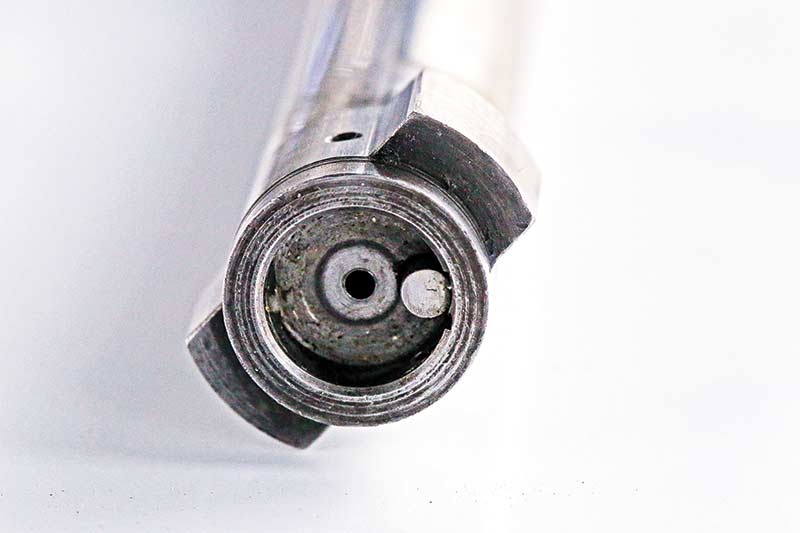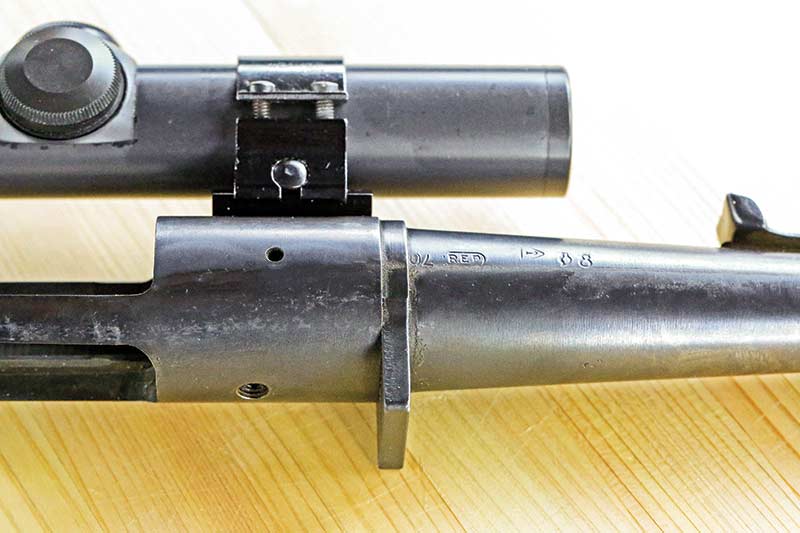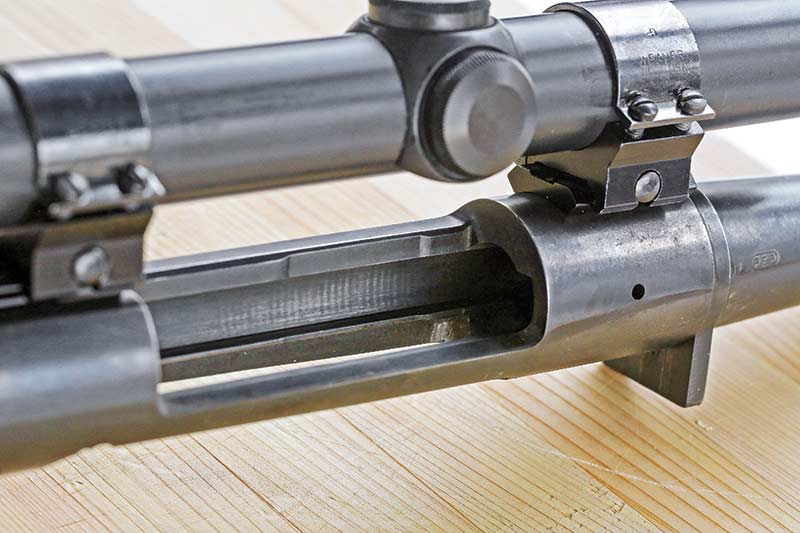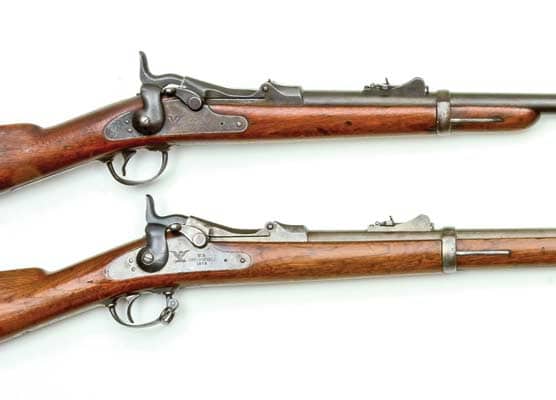Remington 721
A Rifle Ahead Of Its Time
Seventy-five years ago in 1948, Remington released a new rifle and started trends we still see unfolding today. Prior to WWII, skilled labor was readily available and during the Depression, production of sporting firearms was slow. Manufacturers could keep only their best workers. Those workers in turn had no incentive to work fast, cut corners and put themselves out of a job. The incentive was to do the best work they could even if it took longer — especially if it took longer. Regular production models were virtually custom-made. Enthusiasts began to believe this was all quite normal when, in fact, it was a fluke of history.
WWII changed firearm manufacturing profoundly. Wartime pressure resulted in technology to manufacture guns faster and cheaper. A great deal was learned about steel production, stronger alloys, heat treating. The postwar economic boom resulted in unprecedented demand for all sorts of consumer goods.
Looking Forward
In retrospect, it seems management at Remington in the 1940s was eerily prescient. They saw the need to adopt new technology and reduce costs. Remington was ruthless in cutting models. They dropped the bolt-action 720, slide-action 141, semiauto 81. The excellent Model 31 pump action and Model 32 over/under shotguns were discontinued.
Remington designers introduced new models, which could be made faster and at lower cost, using the most recent technology. Among Remington’s new models were the bolt-action 721 (long action) and 722 (short action). Many of the production steps could be performed on lathes. Receivers were made from round bar stock, bolts made in three pieces brazed together, barrels were button-rifled, stocks on standard models were uncheckered, bottom metal stamping had no hinged floor plate.
The rifles were well-adapted to scope use, just as scopes were becoming widely available. Circa 1950, the 721/722 rifles had a list price of around $75 vs. $110 for the much-admired Winchester 70. To put prices in perspective, in 1950 it took the average worker less than 49 hours of wages to earn the cost of the Remington vs. over 71 hours to pay for a Winchester.
Reception
The 721/722 rifles were not exactly welcomed by hardcore rifle enthusiasts. Philip Sharpe, in The Rifle In America wrote, “The Remington 721 is truly a modern rifle, although in some respects it leaves a lot to be desired … among other things is the use of a pressed metal trigger guard, and many stampings …” Jack O’Connor in The Big Game Rifle (1952) after heaping praise on the Winchester 70, said of the Remington, “The model 721 is a production rifle, much easier to tool up for and much easier and cheaper to manufacture than the model 70. It is not a gun-nut’s rifle but for the man who simply wants utility out of a rifle, it is a very good one.” In 1958 Remington introduced the model 725, the same basic rifle but with a fancier, checkered Monte Carlo-style stock.
Some web sites claim total production of 721/722 rifles was about 118,000, apparently because someone mistook 722 production for total numbers. Remington, who ought to know, provides these figures: 721 — 173,124; 722 — 117,751; 725 — 16,635 for a total of 307,510 units. One of the biggest competitors, oddly enough, was Remington’s own model 760 pump-action rifle introduced in 1952 and very popular with whitetail deer hunters.
The new Remington rifles quickly received the very best endorsement — word-of-mouth approval from satisfied customers. Paradoxically, the methods that made the 721/722 rifles cheaper and faster to make, also made them very strong and accurate — and even more importantly, consistently accurate.
Room 222
In 1950 Remington released the .222 Rem. cartridge. It was spectacularly successful as Remington apparently took great pains in making .222 ammunition. All the new Remington rifles were accurate but the Model 722 .222 Rem. rifles were especially influential. Right out of the box, and for not a lot of money, they outshot far more expensive rifles. They fostered the growth of both varmint shooting and bench rest competition.
In the ’40s and early ’50s a typical hunter owned a .22, a shotgun and a “big game” rifle. The moderately priced 721 series got hunters thinking they could specialize a bit. They didn’t need to make do with the old ’06 when they could have a M722 .222 Rem. and a M721 .30-06 for not much more than one Model 70.
The 721 action was a very strong one, both by design and from the use of high-quality steel and heat treatments. During the ’50s and ’60s, cartridge reloading became tremendously popular. More novice reloaders inevitably meant more reloading errors. The strong 721 action no doubt protected many a novice reloader from the consequences of his mistakes.
The 721/722/725 series were “discontinued” in 1962. In reality, with a few minor changes plus a redesigned stock, they were reborn as the Remington 700, still made today and with estimated total production of 5 million units. The trends introduced back in 1948 by the 721/722 — adapting to new technology, action length tailored to cartridge length, consistent accuracy, value for money, cartridge specialization — are all things we take for granted today.

